Opening Sheaffer plunger filler
-
Forum Statistics
352.7k
Total Topics4.6m
Total Posts -
Member Statistics
125,732
Total Members2,522
Most OnlineNewest Member
S.SRamana
Joined -
Images
-
Albums
-
Dan Carmell
- By Dan Carmell,
- 0
- 0
- 2
-
Alex's images
- By alexwi,
- 0
- 11
- 73
-
Extra Fine Nib Ink Reviews (17 of n)
- By LizEF,
- 0
- 57
- 57
-
USG 1
- By USG,
- 0
- 0
- 24
-
Trios
- By Penguincollector,
- 0
- 0
- 47
-

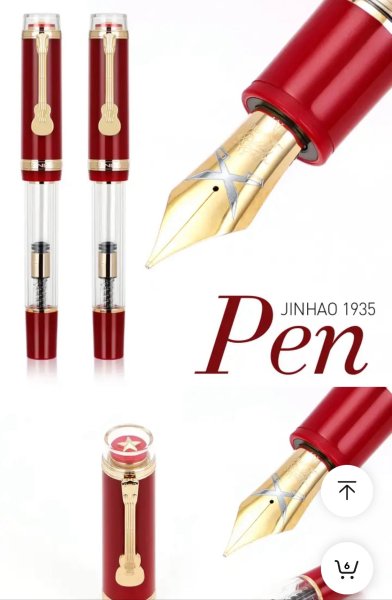
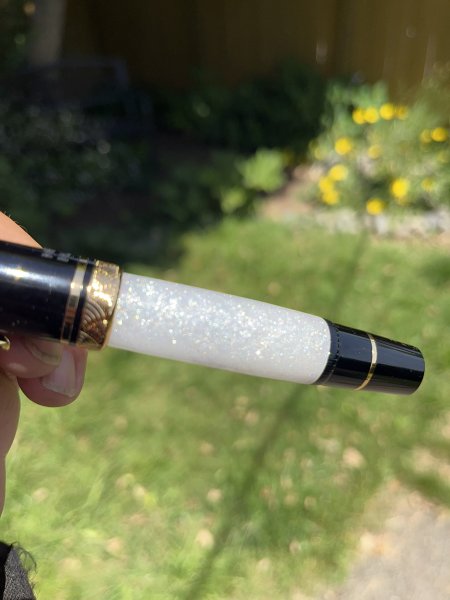
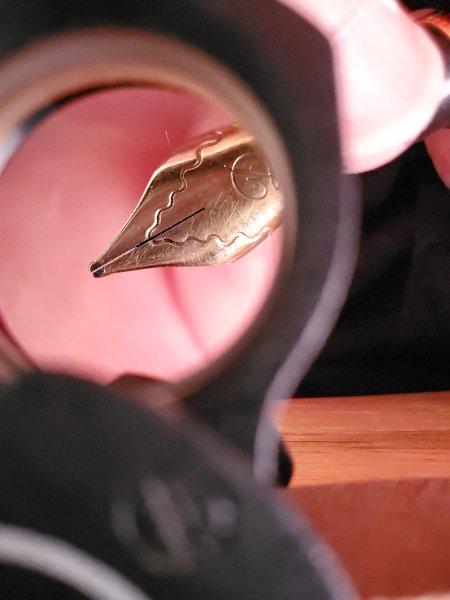
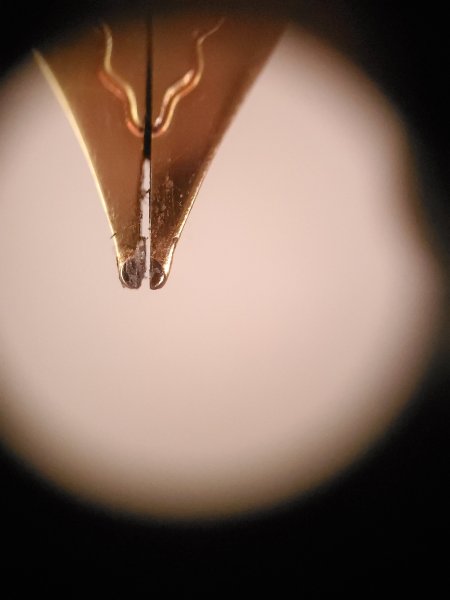
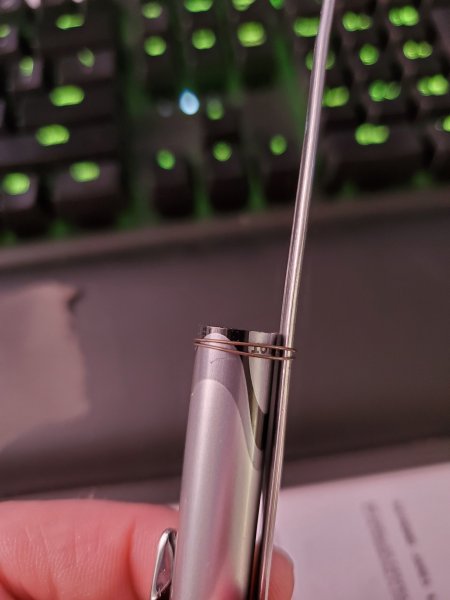
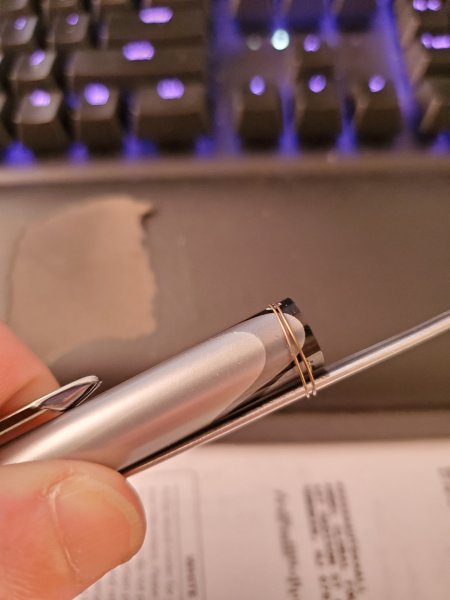
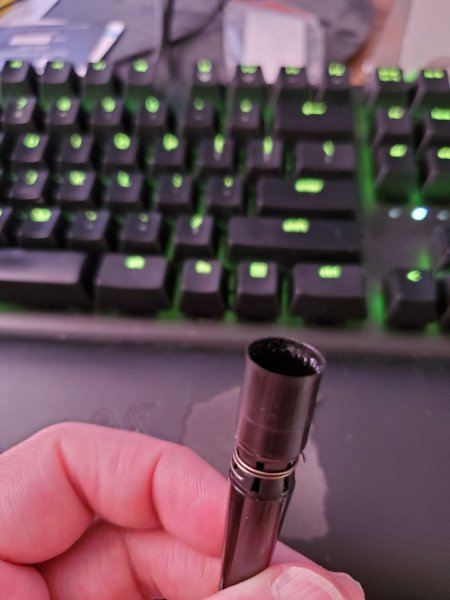
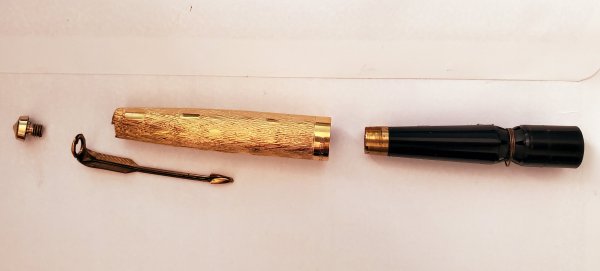
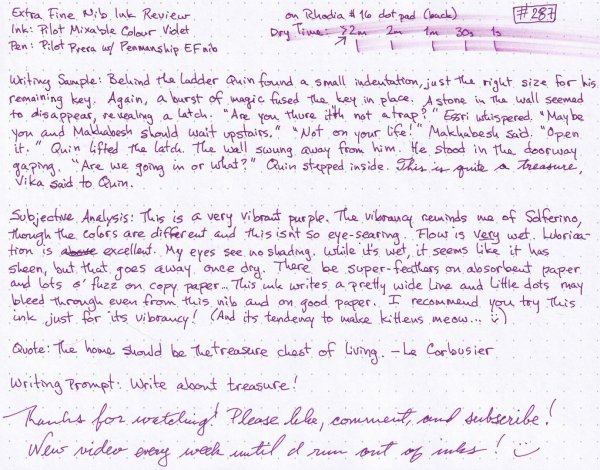
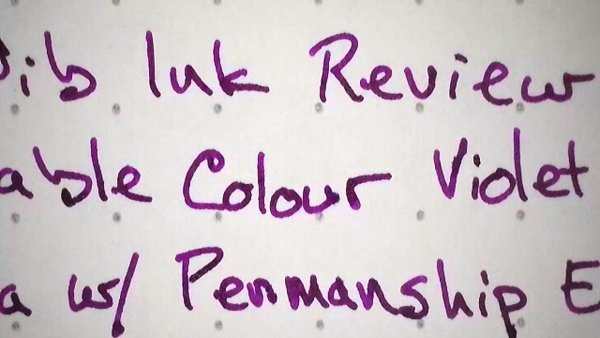
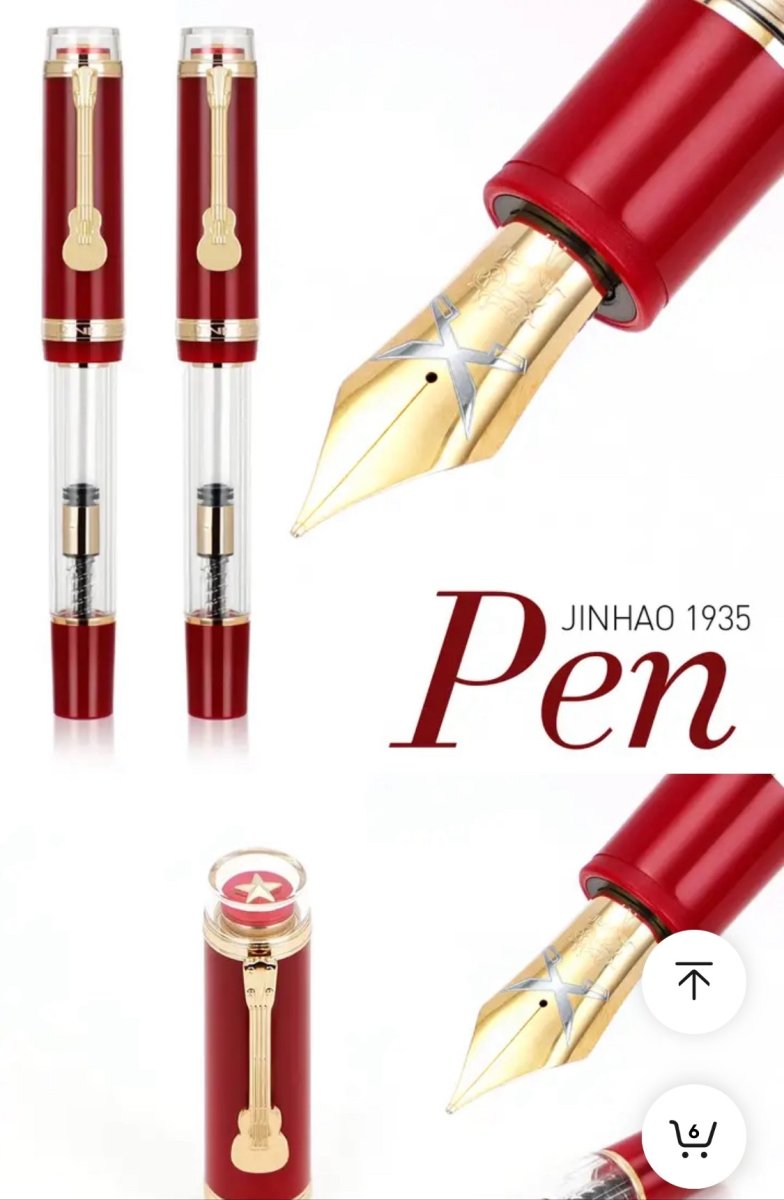
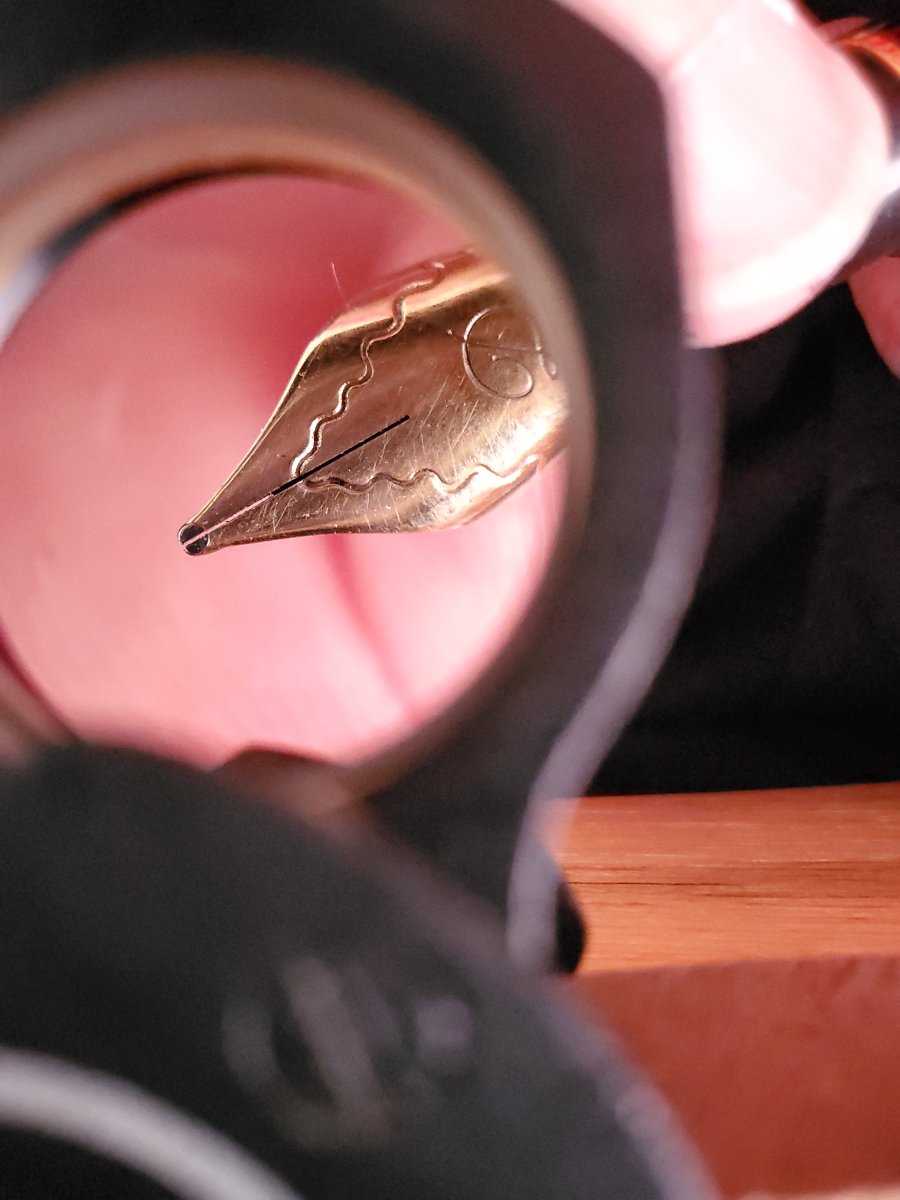
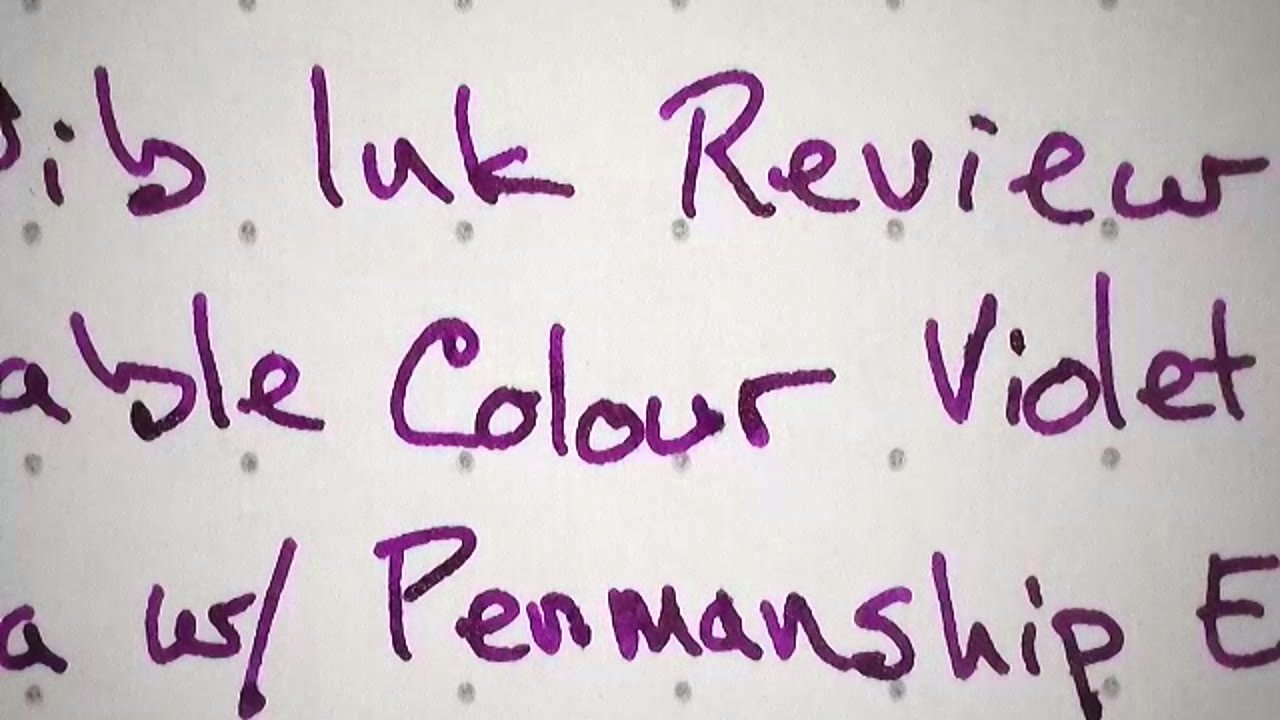
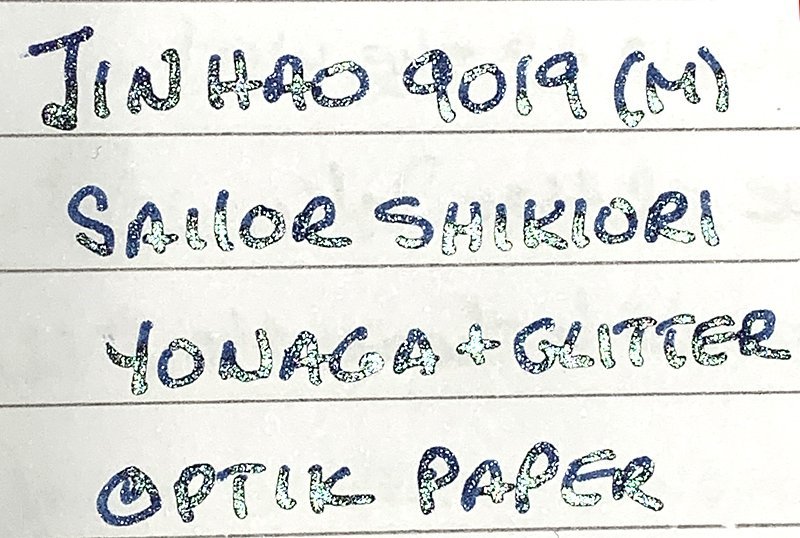
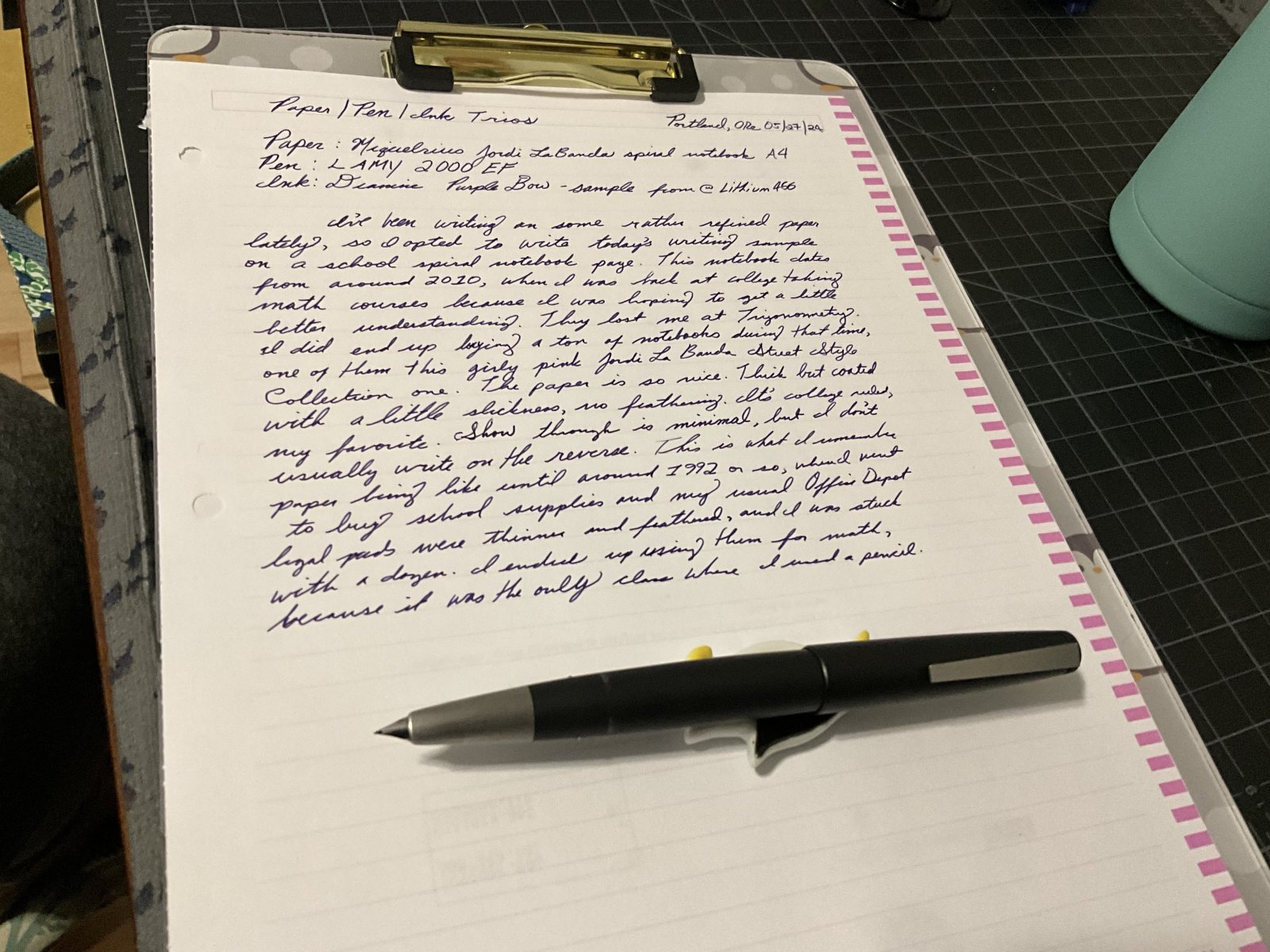

.thumb.jpg.f07fa8de82f3c2bce9737ae64fbca314.jpg)




desaturated.thumb.gif.5cb70ef1e977aa313d11eea3616aba7d.gif)





Recommended Posts
Create an account or sign in to comment
You need to be a member in order to leave a comment
Create an account
Sign up for a new account in our community. It's easy!
Register a new accountSign in
Already have an account? Sign in here.
Sign In Now